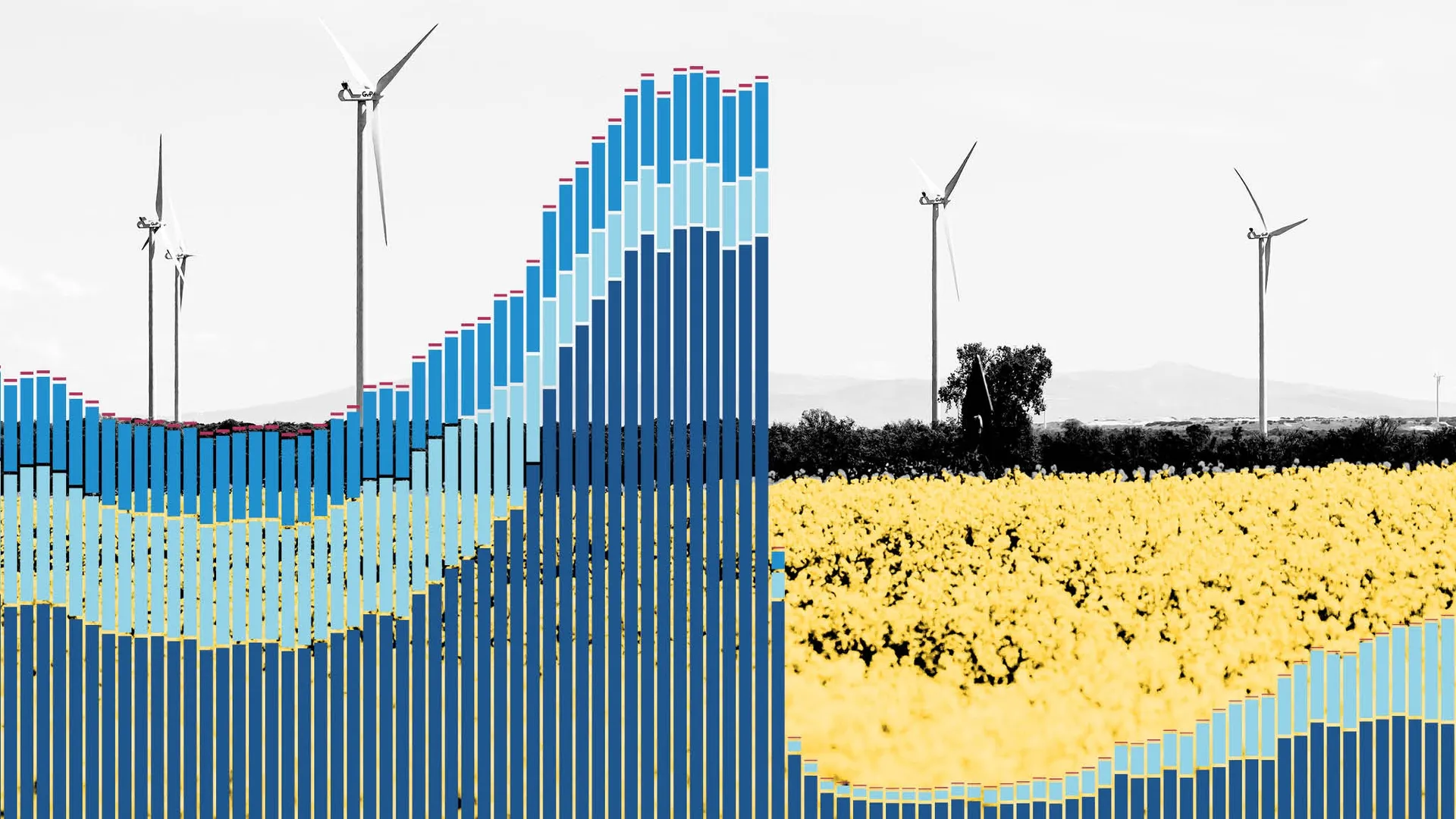
Spain and Portugal on Monday were hit by a complete power outage, leaving trains stranded in tunnels, office workers stuck in lifts and cutting mobile telecommunications in the biggest blackout in Europe for two decades.
The catastrophic failure of the electricity supply has raised pressing questions about the resilience of grid infrastructure across Europe as governments race to roll out renewables and reduce carbon emissions from their electricity systems.
Spain’s electricity grid collapsed shortly after 12.30pm local time, taking Portugal’s with it. But officials and engineers are still trying to figure out why and what implications the collapse could have for energy infrastructure more widely.
What caused the blackouts?
Electricity supply relies on a finely balanced system. Demand and supply have to be matched on a second-by-second basis, and the frequency of the grid — the rate at which electrical current alternates — has to remain stable to avoid damage to electrical equipment and, in the worst case, outages.
At 12.33pm local time on Monday, the frequency on Spain’s electricity grid suddenly dropped, from the 50 hertz level at which the grid’s operator tries to maintain it, to 49 hertz, according to Aurora Energy Research, a consultancy.
A move bigger than 0.1 hertz forces many power stations to automatically switch off for safety reasons. Any loss of power in Spain has an immediate knock-on effect in Portugal, which relies heavily on its neighbour for electricity supplies.
What triggered the frequency to fall in the first instance is not yet clear. On Tuesday, Eduardo Prieto, director of operational services at Spain’s grid operator Red Eléctrica, blamed an unexpected loss of generation in south-west Spain, home to a lot of solar plants. Other theories include electricity cable damage.
Frequency fluctuations are not uncommon, but grid operators normally overcome them by asking power generators to increase or decrease their output, or by using batteries. However, in this case, not enough additional generation capacity could be brought online fast enough. Red Eléctrica has ruled out a cyber attack.
Were renewables part of the problem?
Without knowing the exact cause of the frequency drop, it is impossible to say. However, an electricity system reliant on renewable sources such as wind and solar is more complicated to manage than one dominated by traditional coal-fired and gas-fired power plants.
Renewables are weather-dependent, but solar panels lack the big turbines that can help keep the system running if there is a power failure somewhere along the line — a process known as “inertia”.
About a fifth of Spain’s annual electricity supply comes from solar, on average, but at lunchtime on Monday the proportion was far higher — at more than 55 per cent. Aurora says the lack of inertia “contributed to the instability”. Even so, nuclear power plants and other sources that were online at the time should have provided sufficient inertia, said Adam Bell of the British consultancy Stonehaven.
However, blackouts can also often occur in electricity systems dominated by traditional power plants such as gas, coal or nuclear because of mechanical and technical faults.
Are electricity grids in other countries more resilient?
Grid resilience is of growing concern around the world, as countries rely more heavily on electricity to support growing populations, and to power electric cars, heat pumps in homes, data centres and air conditioning.
The Paris-based International Energy Agency, which advises governments on energy policy, last week warned cyber attacks and climate change could pose an increasing threat. While renewables reduced dependence on volatile fossil fuel markets, the transformation of power systems “brings fresh challenges”, the IEA said.
Britain has deployed 200-tonne “flywheels”, which mimic the turbines in traditional power plants, to avoid problems with grid instability. Grid operators are also using technology to try to measure inertia so they can step in when needed.
Greater use of batteries, as well as cables that import and export power to other countries, can also help balance out intermittent supplies. Spain’s relatively poor connection with France has long been a source of complaint in Madrid.
“Sometimes in policymaking, we focus on adding more wind and solar, which is great. But you also need to add the backup,” said Javier Cavada, chief executive for Europe, the Middle East and Africa at Mitsubishi Power. However, there is always a balance between the high cost of installing new cables, and risk.
Are there likely to be consequences for the energy transition?
The blackouts in Spain come at a critical time for efforts to move away from fossil fuels, with some countries wavering on commitments to cut emissions, and some technologies struggling to scale up.
Even though the cause of the outages is yet to be determined, opponents of renewables are likely to seize upon Spain as a cautionary tale.
Cristian Bușoi, Romania’s energy minister, said that the EU should reconsider its plan to end the use of gas by 2050. But Dan Jørgensen, EU energy commissioner, sought to fend off such claims. “One thing is clear: energy security should remain our priority. Connectivity, solidarity and clean homegrown energy are key to keeping our energy system more resilient,” he said on Tuesday.
More positively, the power cuts could help spur much-needed investment in electricity transmission networks to incorporate more renewables, and a greater focus on resilience. “The grid has been thought of as something for nerds and engineers, but that’s not the case,” said Javier Pamos Serrano at Aurora. “We have to have secure and reliable grids moving forward.”
What will happen next?
As well as probes at a national level, a European Commission official said there would probably be an independent investigation into the cause of the power cuts in Spain and Portugal, led by experts from an unaffected member state. Its recommendations would be implemented by Brussels, the official added.